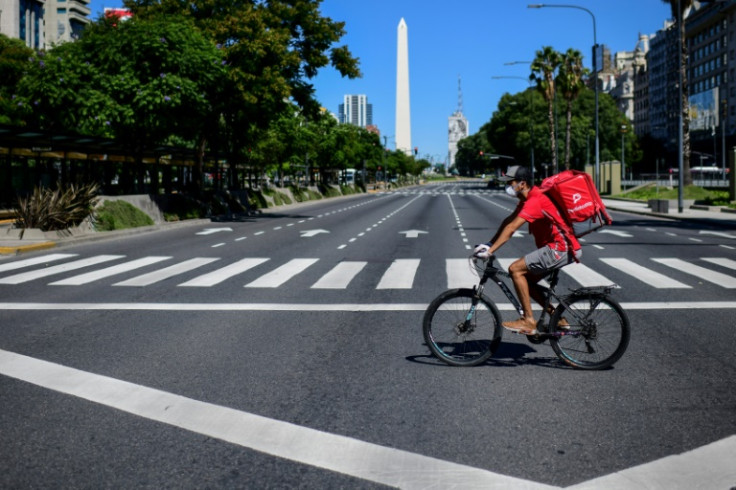
Inflation, fluctuation of the exchange rate and economic growth. These are some of the factors that play a role in determining the most expensive cities in the world.
A new edition of the Worldwide Cost of Living Ranking by The Economist Intelligence Unit (EIU) tracked those changes over the past year, showing that Singapore kept its place as the most expensive city in the world along with Zurich, which returned to the top after three years.
Other cities with a heavy Latino presence and from Latin America are featured on the list, both among the cheapest cities to live in and most expensive ones, as well as the ones that saw the largest upward movement. Los Angeles is in the first category, while Buenos Aires, Argentina, is in the second and Mexican cities Querétaro and Aguascalientes in the third.
The EIU said that, overall, prices rose by an average of 7.4 percent "in local-currency terms over the past year in the world's major cities." "This is slightly slower than the 8.1% price growth recorded last year, as supply-chain disruptions have eased and interest rates have risen, but remains significantly above the trend in 2017-21," the publication added. And it explained that while utility prices saw slower increases, "groceries continue to rise strongly."
Caracas, the Venezuelan capital, saw the largest cost of living inflation, with a 450 percent inter-annual increase. However, the EIU left it out of the average to "avoid skewing the calculations."
Los Angeles, with a Latino population of almost 47 percent, according to the latest census, ranked as the most expensive city to live in the us and the sixth most expensive in the world, only below Singapore, Zurich, Geneva, New York and Hong Kong. The top ten is completed by Paris, Copenhagen, Tel Aviv and San Francisco, although the EIU clarifies that, in regards to the Israeli city: "our survey was conducted before the start of the Israel-Hamas war, which has affected the exchange rates in Israel and may have made it harder to procure some goods in Tel Aviv, thereby affecting prices."
Buenos Aires is on the other end of the ranking, as one of the cheapest cities to live in. Concretely, the city clocked in at 163rd place, only above cities like Chennai, in India, Lagos, in Nigeria and Teheran, in Iran. Damascus, the Syrian capital, continues to be the cheapest in the world at 173rd.
The EIU also highlighted the cases of the aforementioned Mexican cities and San Jose, the capital of Costa Rica, as the three biggest upward movers. Santiago de Querétaro and Aguascalientes moved 10 spots and is are in 48th and 39th, respectively, while San Jose climbed nine places to clock in at 38th.
"Central banks in much of Latin America were among the first to follow the US Federal Reserve's interest-rate rises, in order to support their currencies. As a result, the Mexican peso and the Costa Rican colón had both appreciated against the US dollar at the time of our survey. Prices have also been buoyed by strong inward investment, particularly in Mexico," the report explains.
The report concluded by saying that the slowdown in inflation has been "modest at best," warning that there are still upside risks: "further escalations of the Israel-Hamas war would drive up energy prices, while a greater than expected impact from El Niño would push up food prices even further."
" Regional disparities may also widen, with developed countries coming close to meeting central bank targets of 2% CPI, but many developing markets could continue to see prices soar. These dynamics are likely to be reflected in next year's WCOL survey," the EIU concluded.
© 2023 Latin Times. All rights reserved. Do not reproduce without permission.







